Spelling practice Phonics Worksheets for Ages 8-9
25 filtered results
-
From - To
Our Spelling Practice Phonics Worksheets for ages 8-9 are designed to enhance your child's reading and writing skills through engaging, educational activities. These worksheets focus on phonics, helping students decode and spell words more efficiently. They provide a structured approach to mastering letter sounds, blending, and word formation. Ideal for reinforcing classroom learning or additional home practice, these printable resources ensure your child builds confidence in their spelling abilities. Join thousands of satisfied parents and educators who trust our expertly crafted materials to support their learners. Unlock your child's potential with our fun, effective phonics worksheets today!
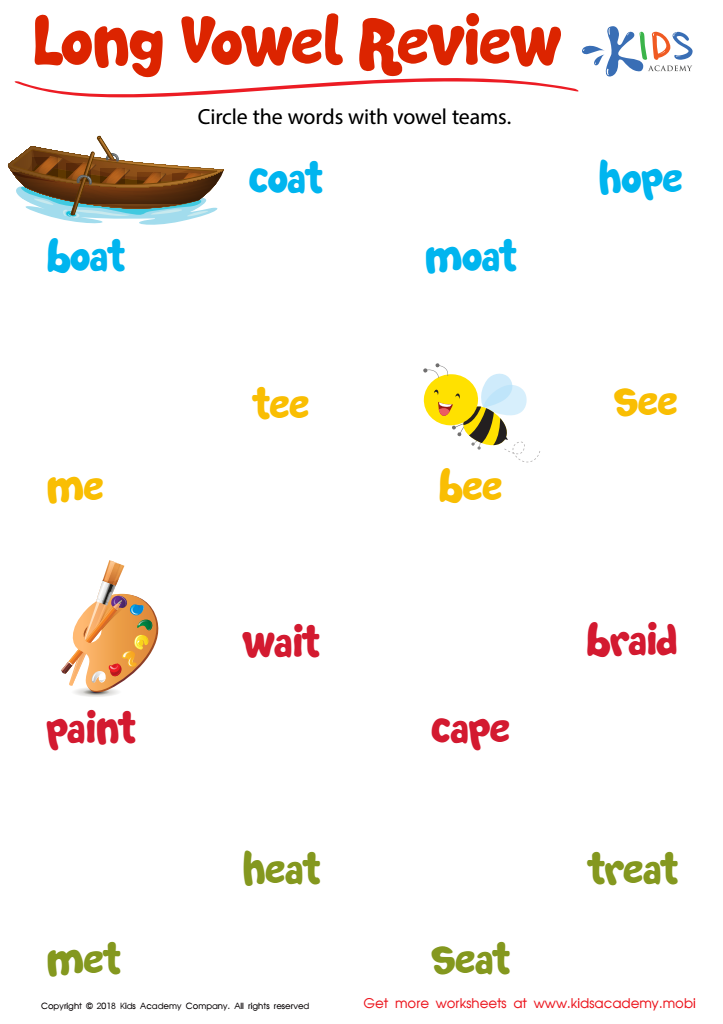

Long Vowel Review Worksheet
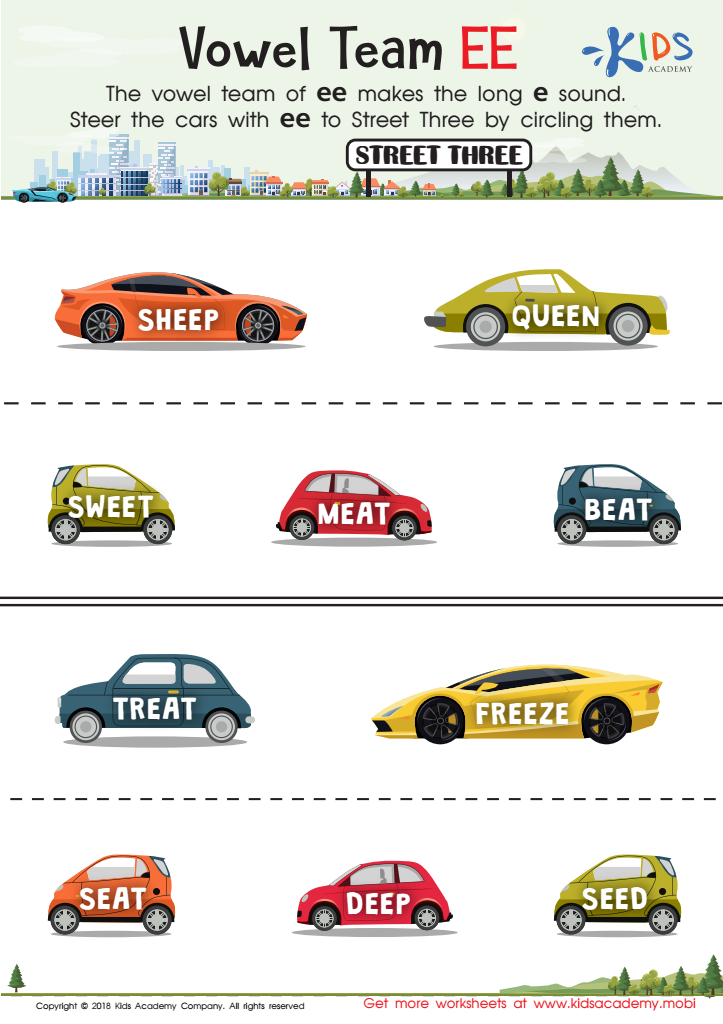

Vowel team ee Worksheet
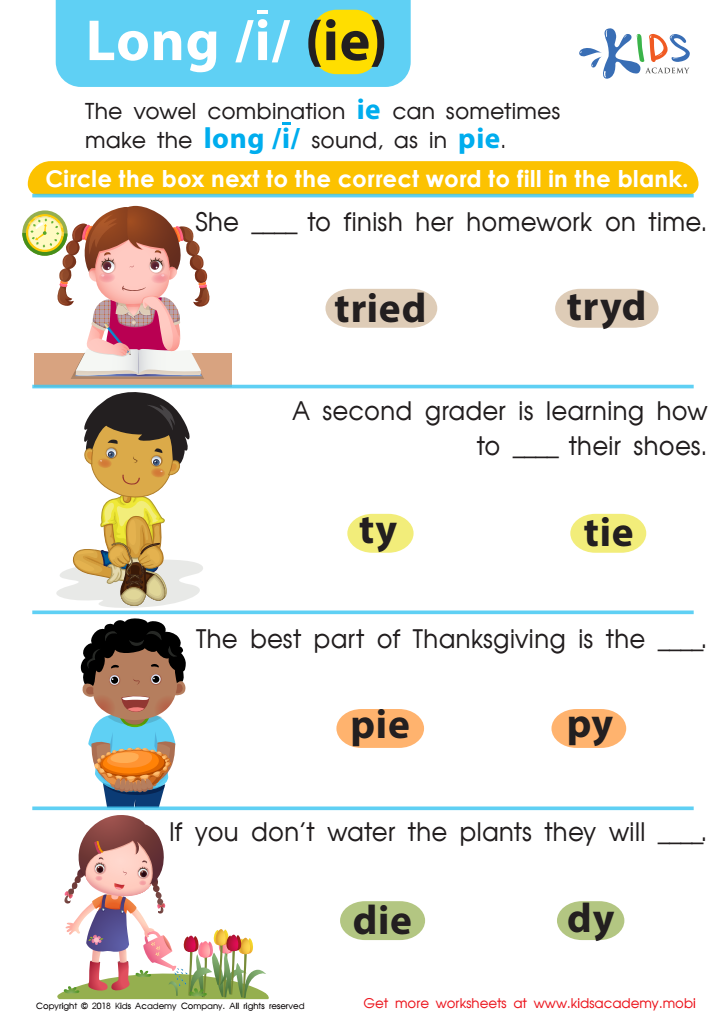

Reading: Long I and IE Worksheet
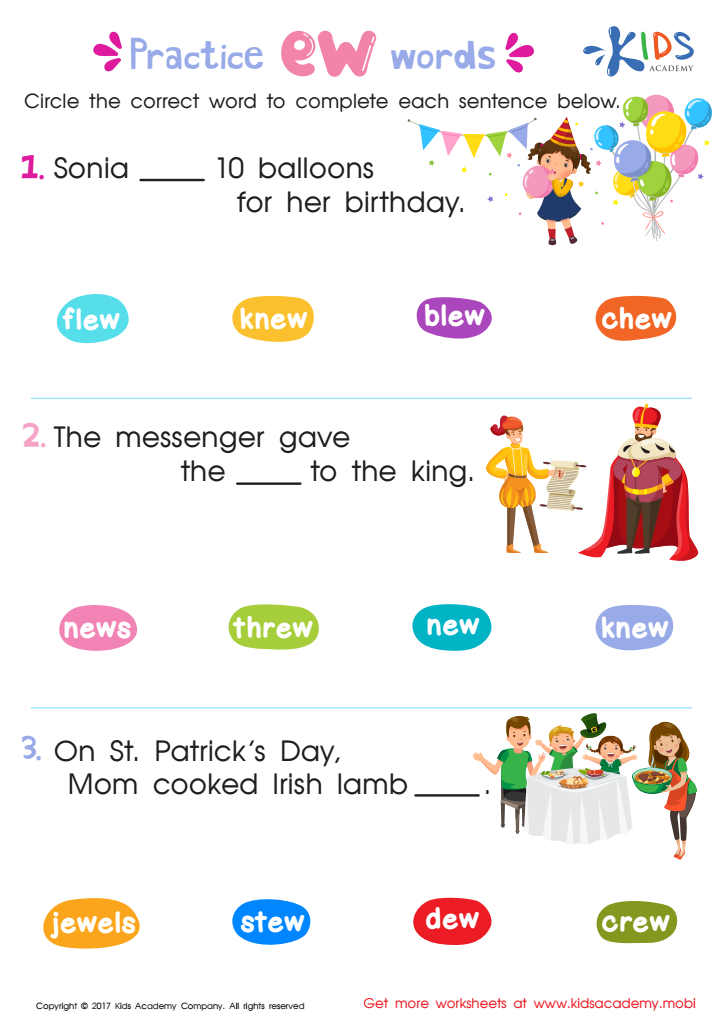

EW Words Worksheet
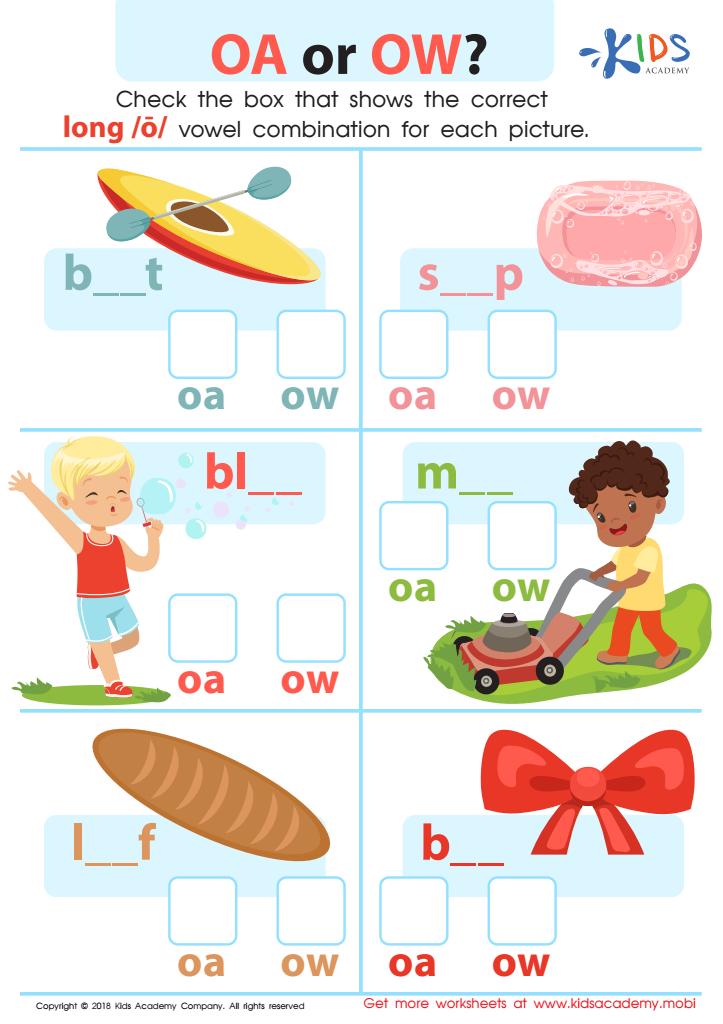

Reading: OA or OW Worksheet
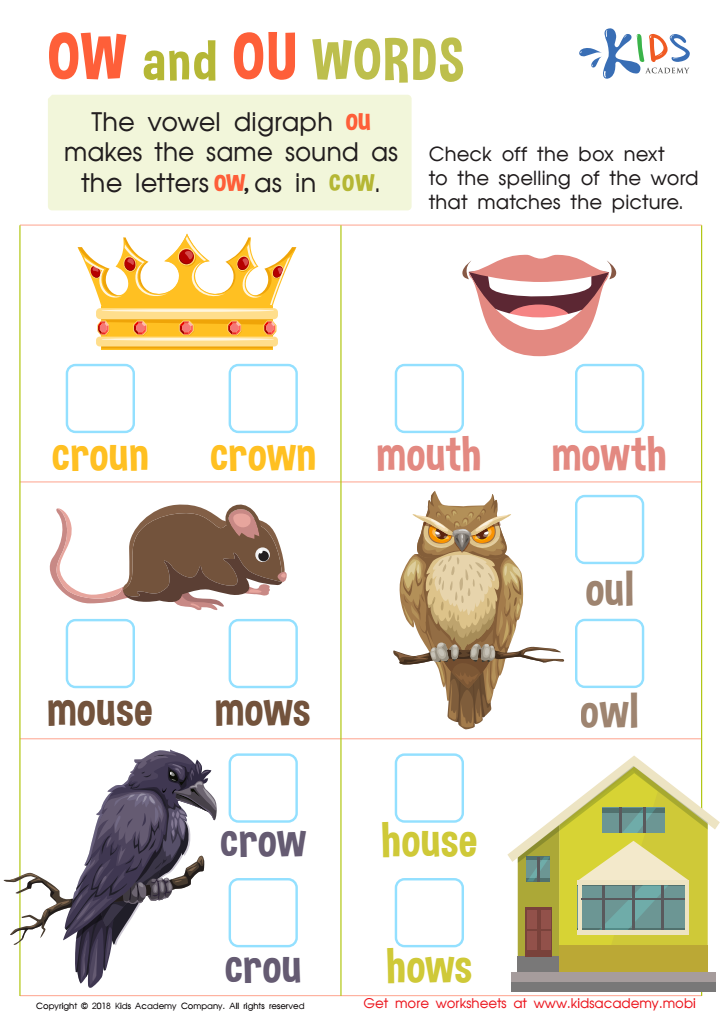

Reading: OW and OU Words Worksheet
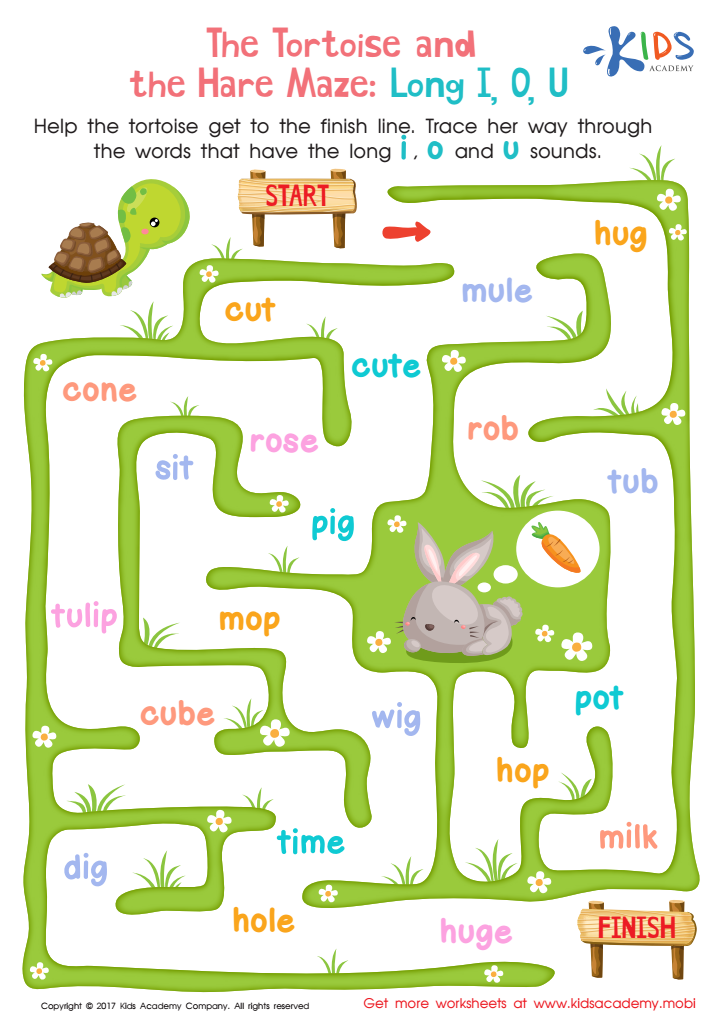

Long I, O, U Words Worksheet
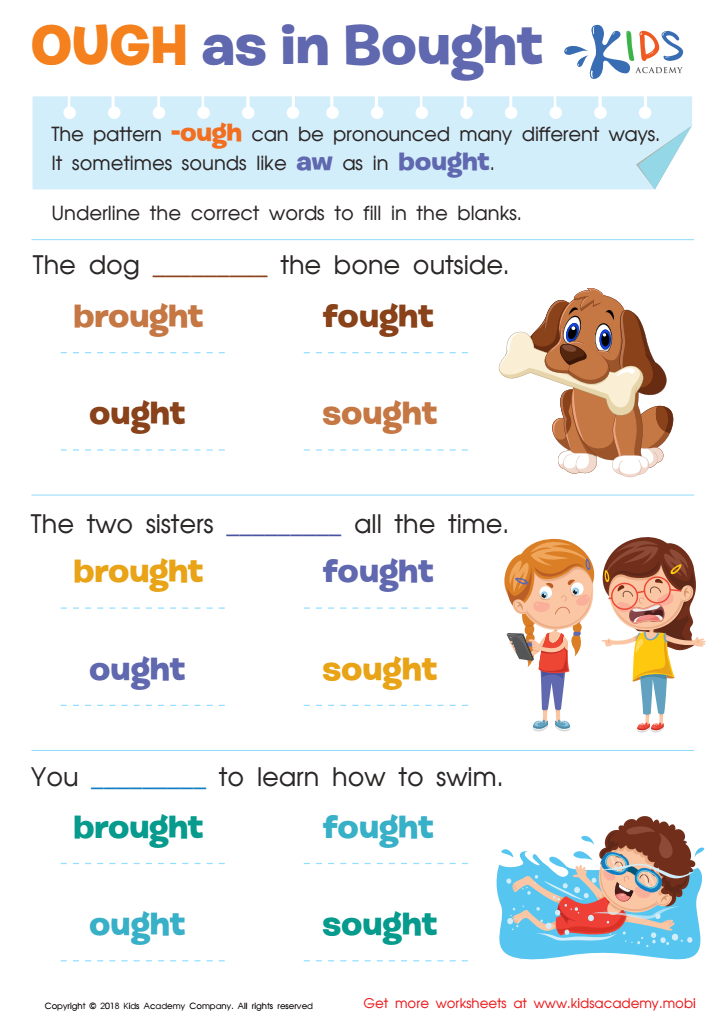

OUGH as in Bought Worksheet
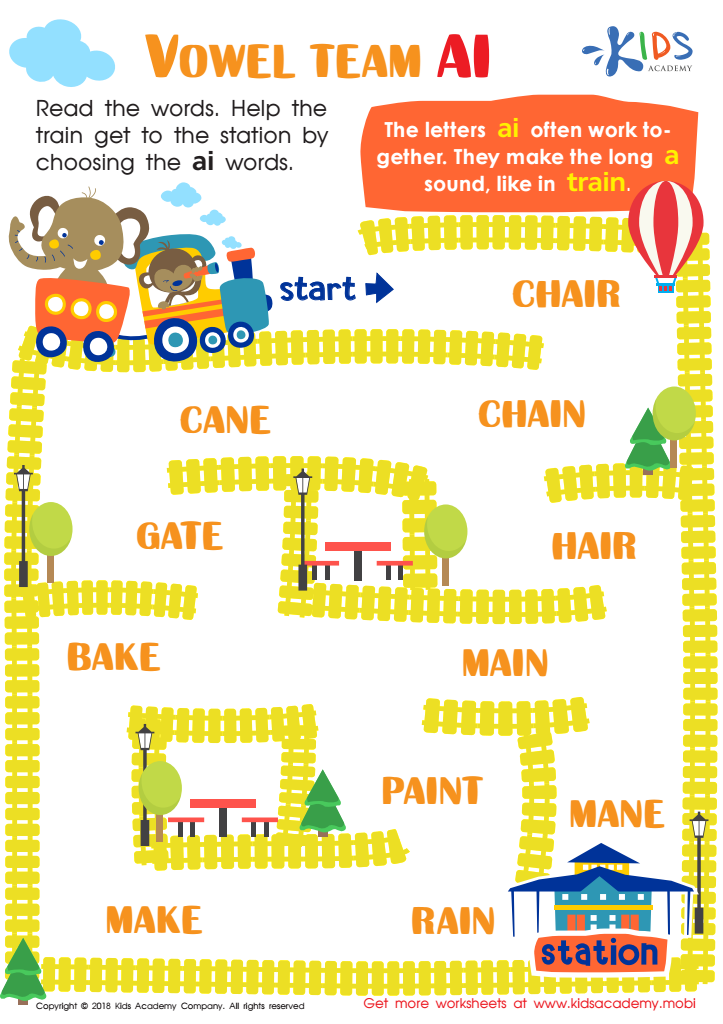

Vowel team ai Worksheet


Medals: Al Spelling Worksheet
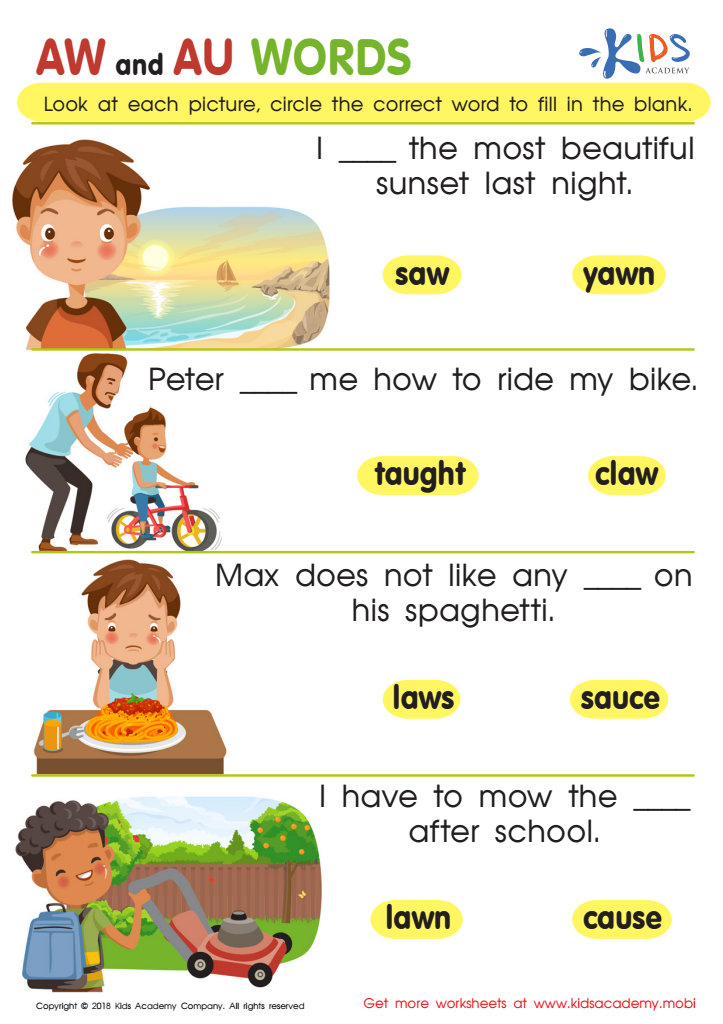

Reading: AW and AU Words Worksheet
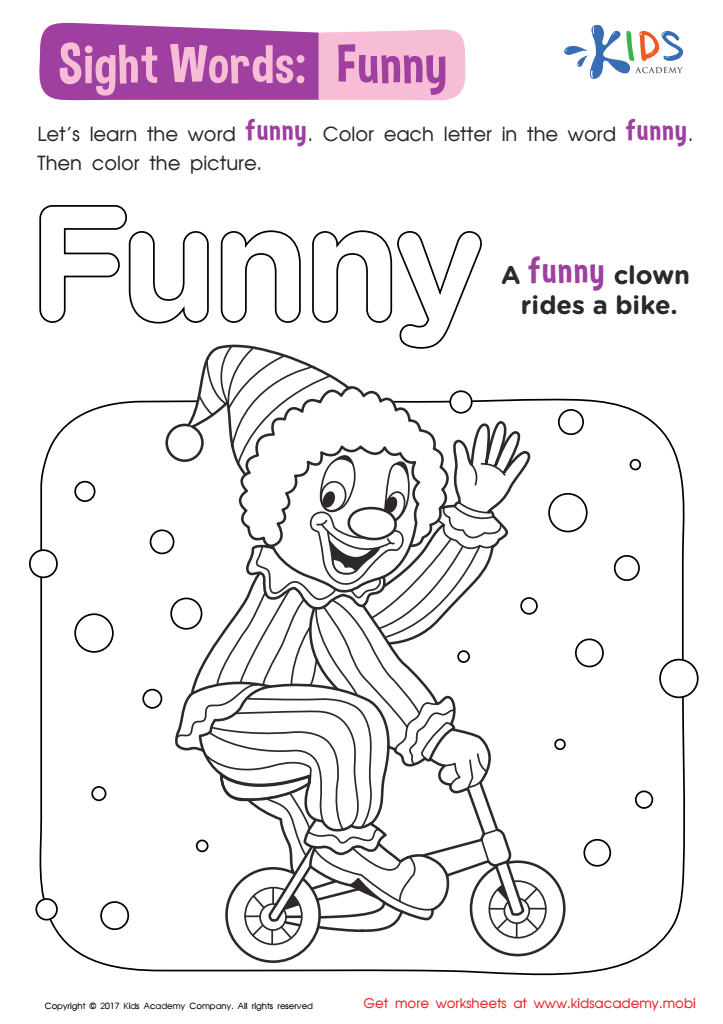

Funny Worksheet Sight Words Worksheet
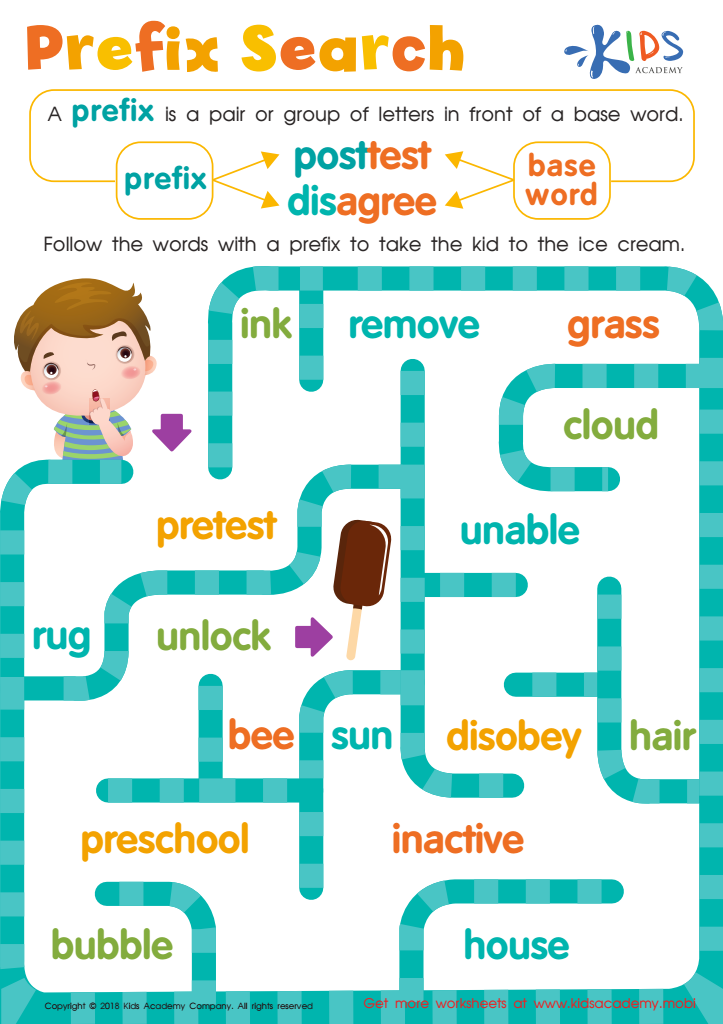

Reading: Prefix Search Worksheet
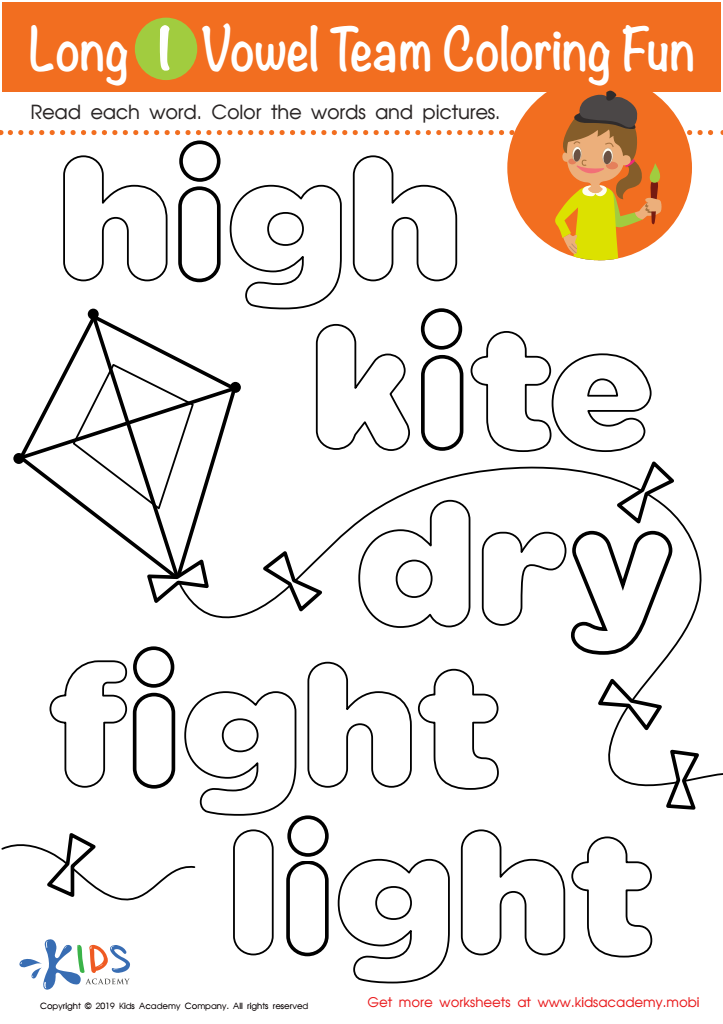

Long I Vowel Team Coloring Worksheet
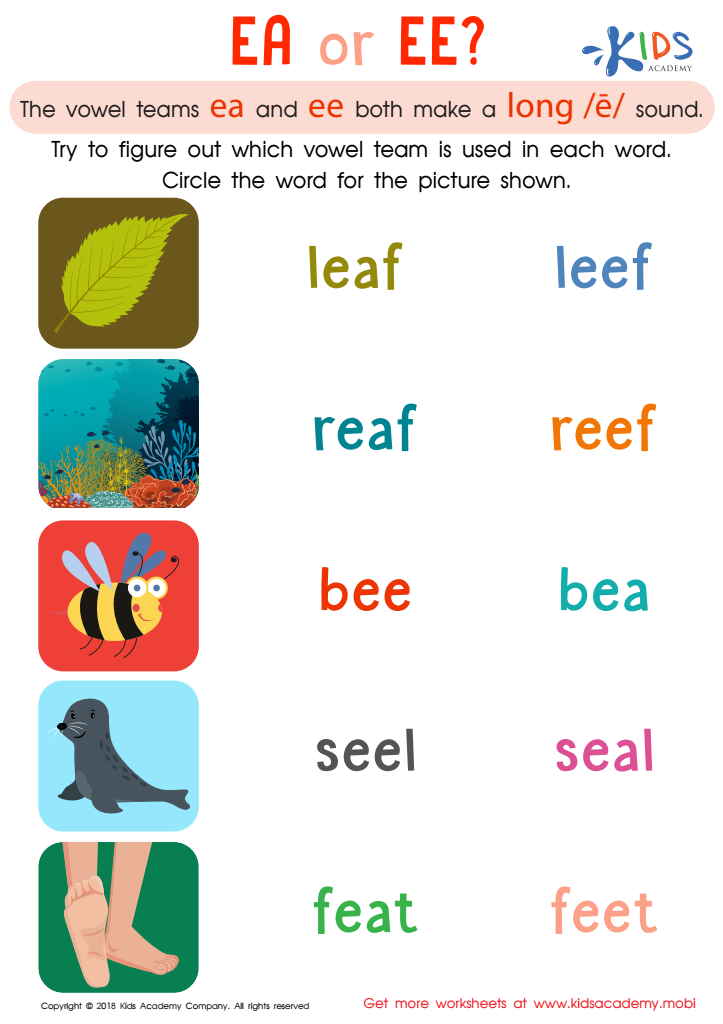

Reading: EA and EE Worksheet
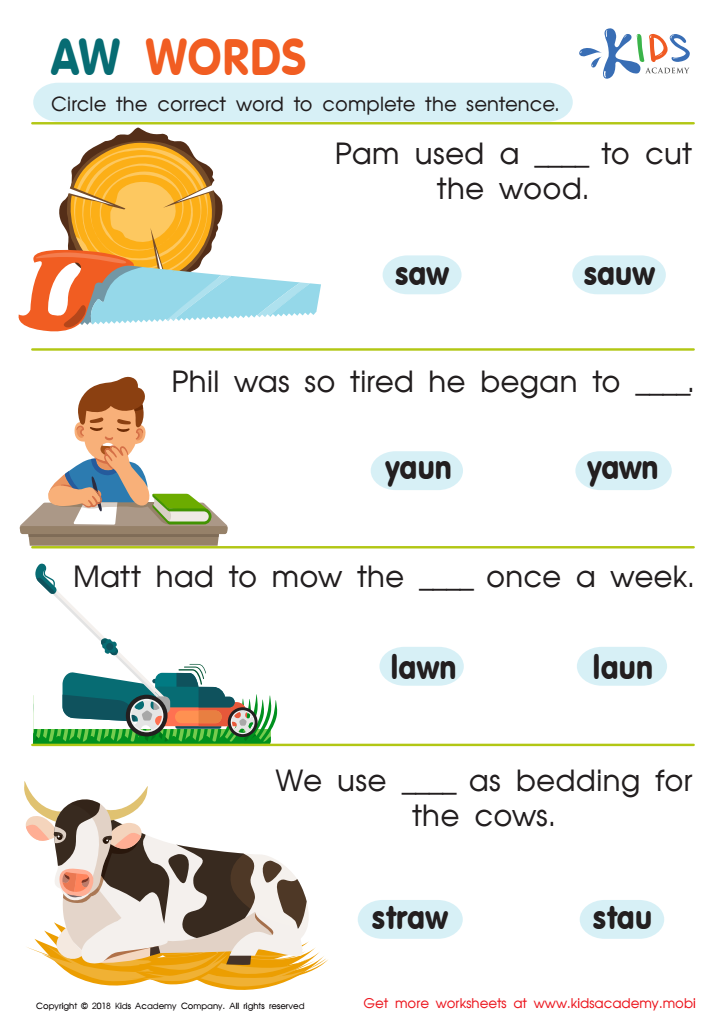

Reading: AW Words Worksheet
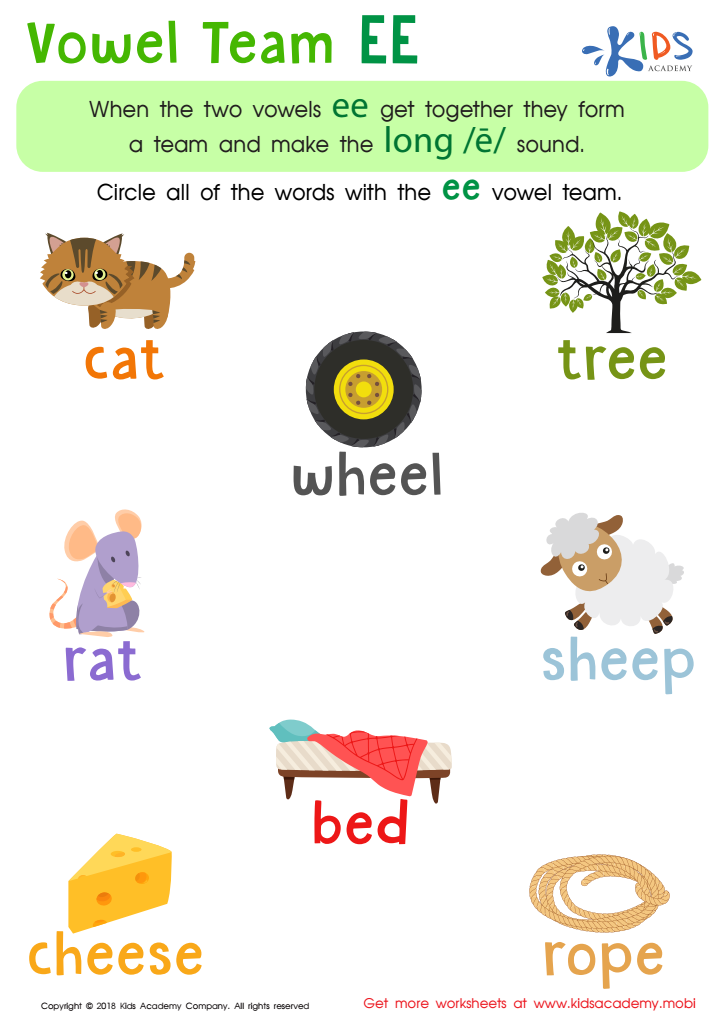

Reading: Vowel Team EE Worksheet
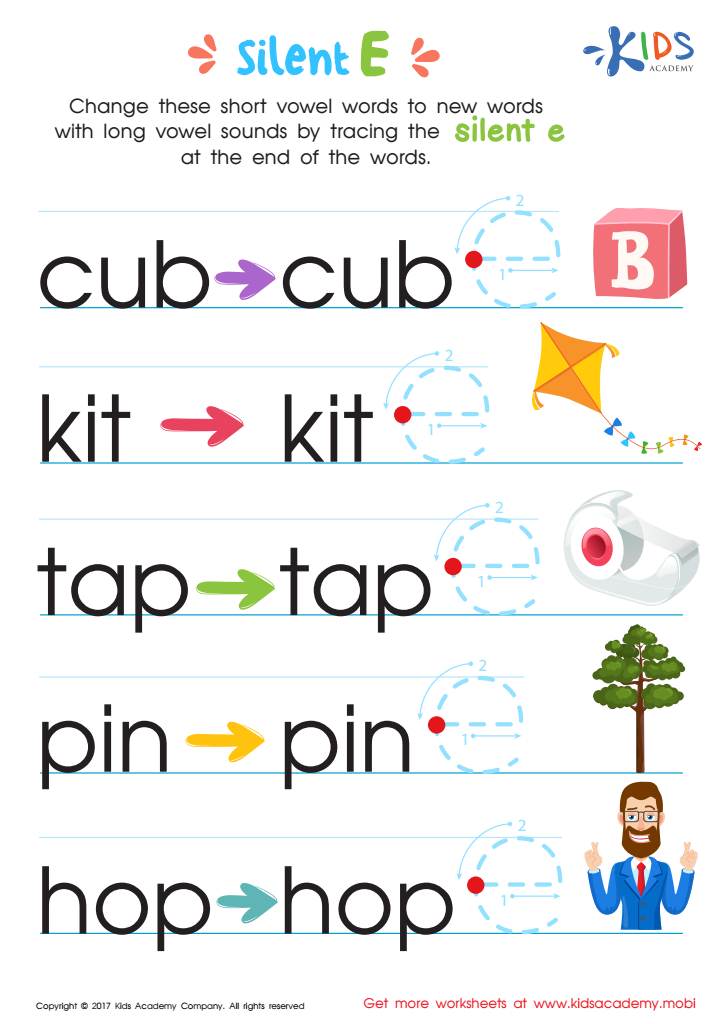

Silent E Words Worksheet
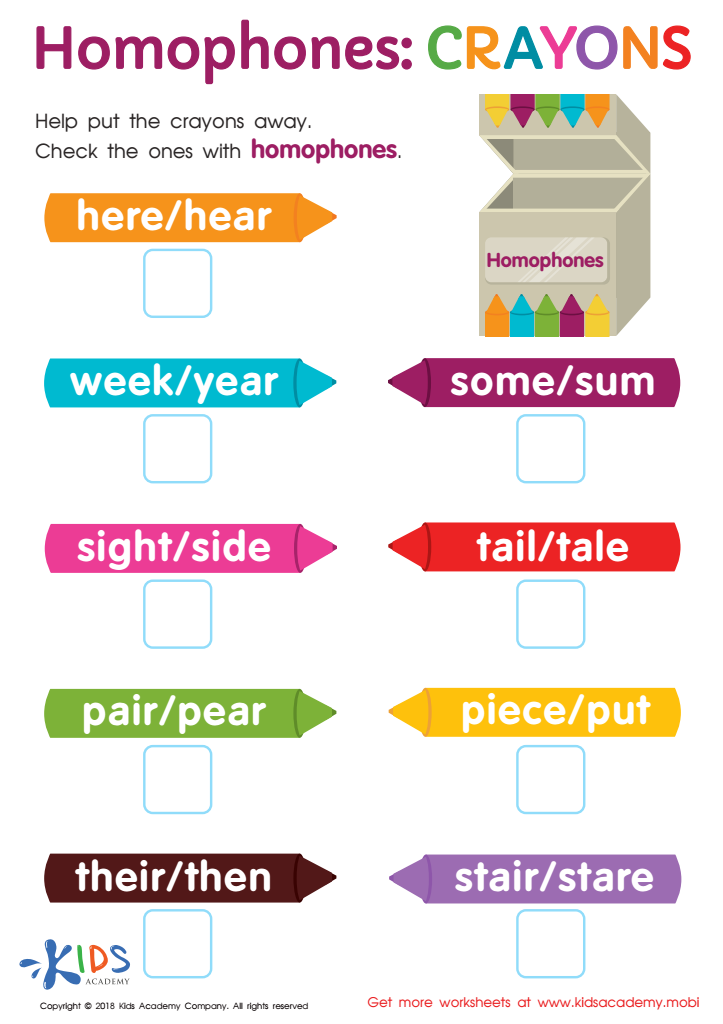

Homophones: Crayons Worksheet
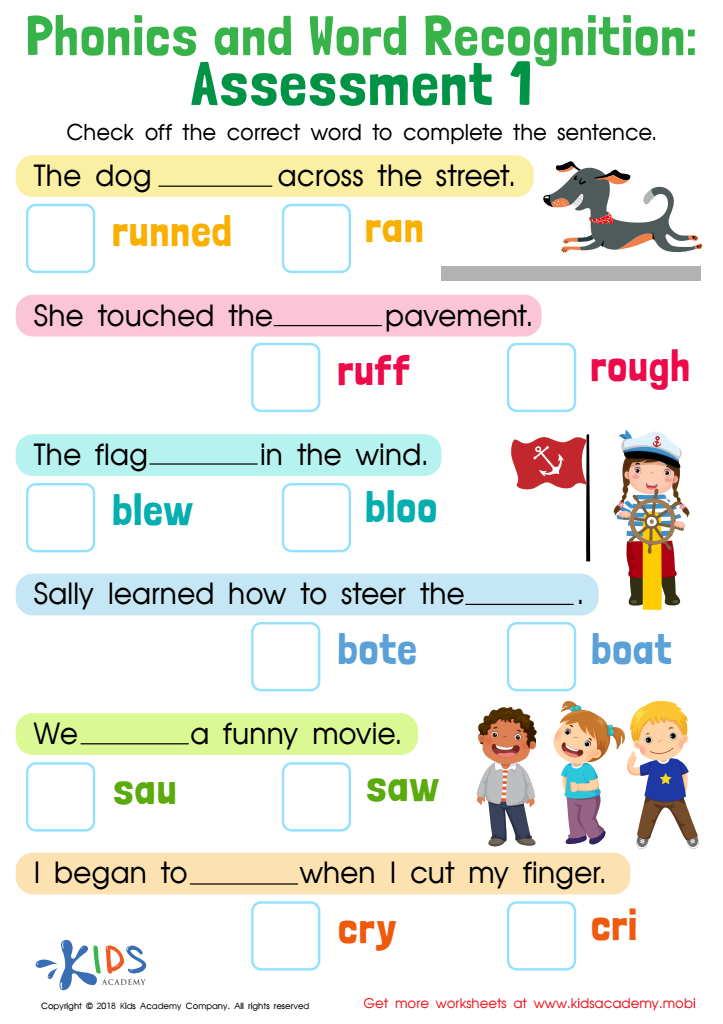

Phonics and Word Recognition: Assessment 1 Worksheet
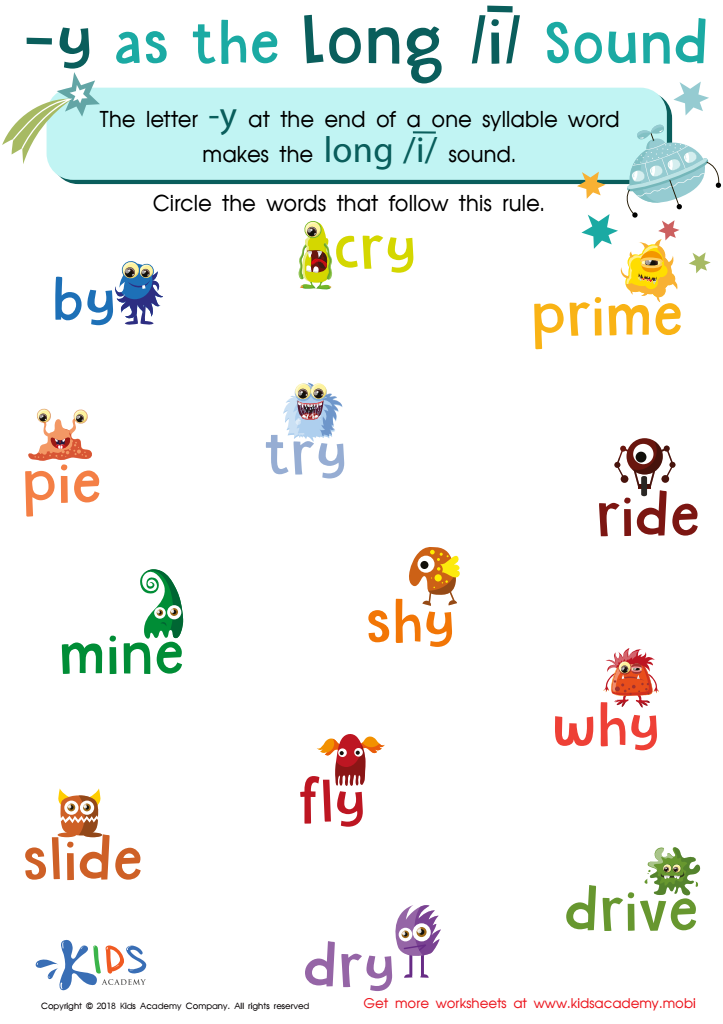

Reading: Y as Long I Worksheet
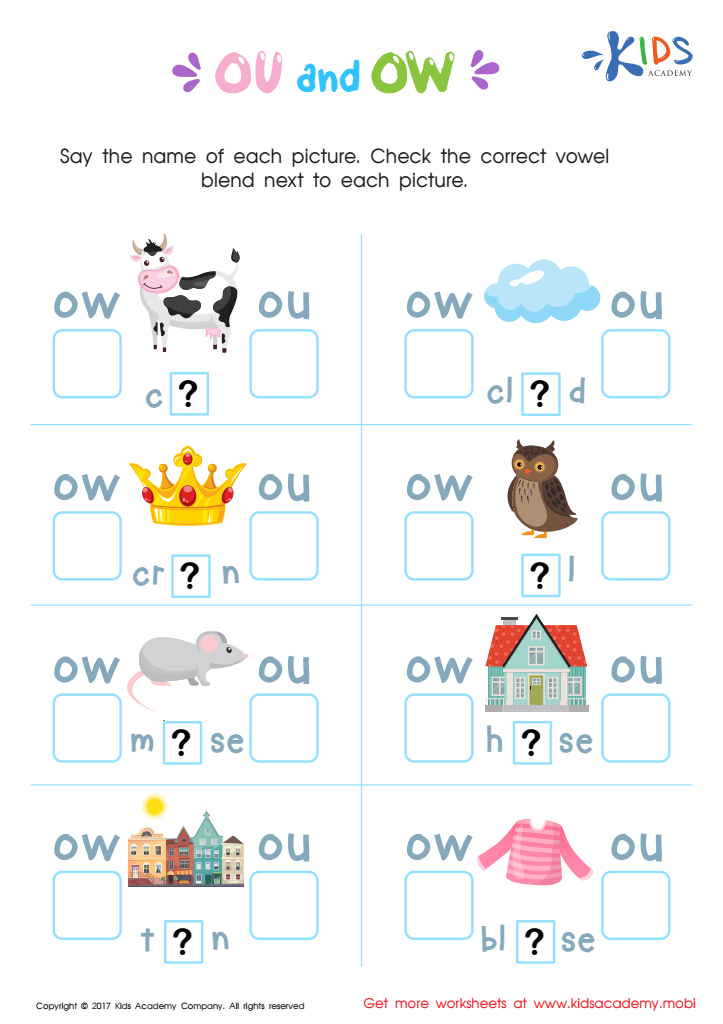

OU and OW Words Worksheet
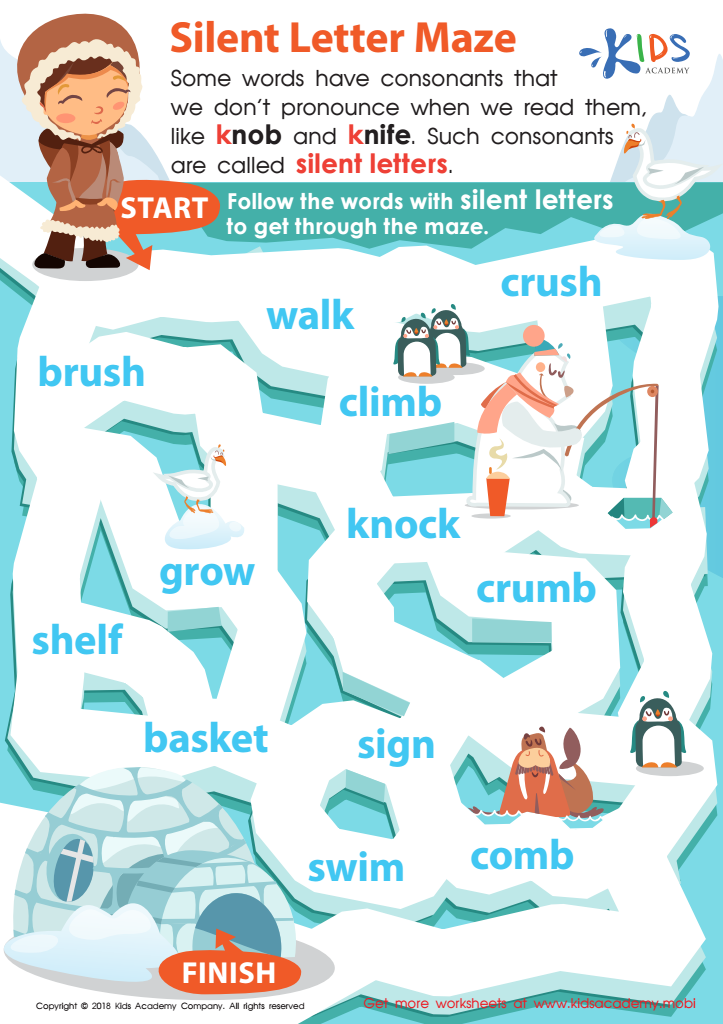

Silent Letter Maze Worksheet
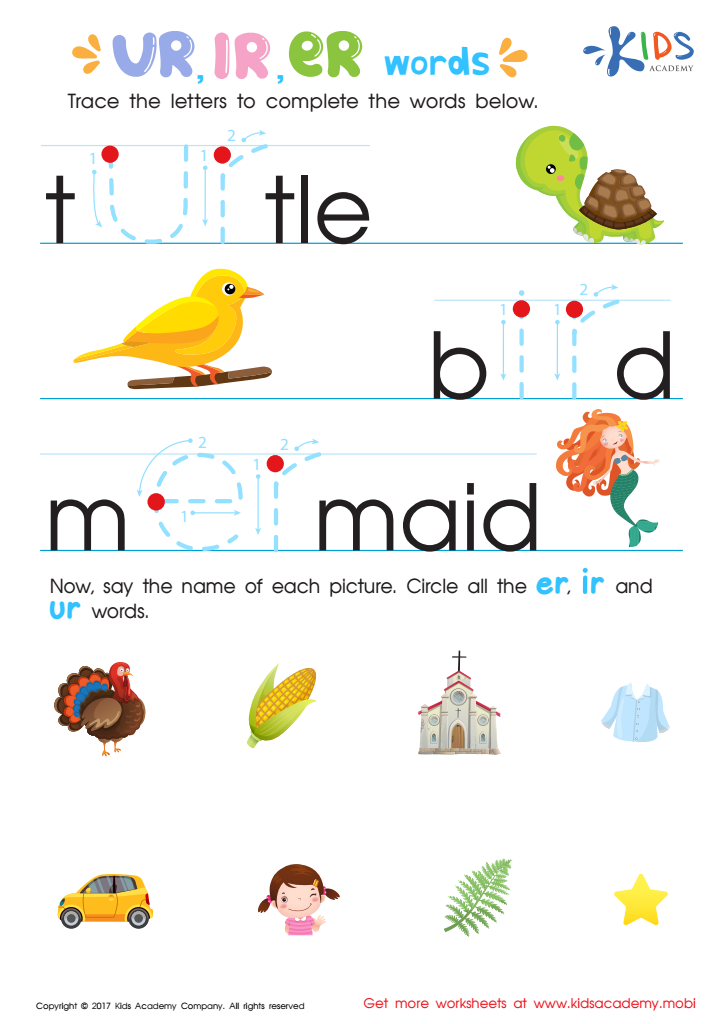

IR UR ER Words Worksheet
Spelling practice and phonics instruction are crucial for children aged 8-9 because they form the foundation of literacy, which in turn affects academic success and lifelong learning. At this developmental stage, students transition from "learning to read" to "reading to learn." Strong spelling skills enable them to decode words more efficiently, enhancing both reading comprehension and writing proficiency.
Phonics, the relationship between sounds and their spellings, offers children systematic strategies to read unfamiliar words independently. This is particularly beneficial for developing their vocabulary and fluency. Repeated exposure to spelling patterns helps solidify mental word lists, which is necessary for both reading and writing activities. In this way, correct spelling and phonics act as building blocks for more advanced literacy skills.
Furthermore, mastering spelling and phonics boosts a child's confidence. The ability to read and write well instills a sense of achievement, encouraging them to engage more actively in classroom discussions and l in various academic subjects. Ignoring these foundational skills can lead to frustration and a curtailed learning process. Therefore, consistent and engaging practice in spelling and phonics paves the way for academic excellence, effective communication, and a lifelong love for learning. This practice acts as a catalyst for broader educational development, making it integral for parents and teachers to prioritize it.

 Assign to My Students
Assign to My Students




















